by Brian Taylor, Application Engineering Manager, Schneider Electric Motion
IP ratings have very specific definitions. Here we explain exactly what kinds of water and dirt exposure IP65-rated motion components can withstand.
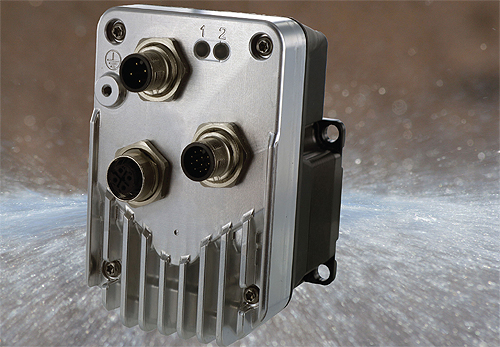
Just like the mysteries surrounding Stonehenge, crop circles, who shot JFK, and what a self-respecting individual would actually do for a Klondike bar, some motion-control considerations cause significant consternation, confusion and debate. No application engineer really wants to deal with these grey areas of motion, but most are eventually forced to do so during one design or another. The most heavily debated topics include closed loop versus open loop versus hybrid technology; sinking versus sourcing I/O; and the load to rotor inertia ratio. Another grey area is the meaning of IP ratings for industrial motors and how they relate to specific applications.
To dispel some of this confusion, let’s define IP65-rated components and what they do and don’t mean for applications. That will give us an understanding of how to correctly apply these components.
IP ratings: the true letter of the law
Ranging opinions about the meaning of IP ratings is frustrating, but actual definitions are very specific. Published by the International Electrotechnical Commission (IEC) and detailed by IEC standard 60529, IP ratings—also known as Ingress Protection ratings or International Protection markings—rate the protection components provided by mechanical casings and electrical enclosures against intrusion (including body parts such as hands and fingers), dust, accidental contact and water. In other words, an IP rating indicates how well the enclosure of a device shields internal subcomponents. The ratings include two or sometimes three numbers.
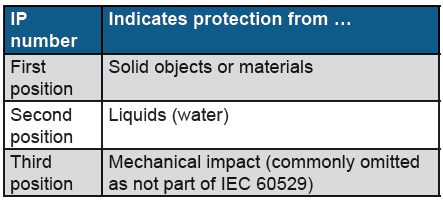
What IP means for applications
Now consider the two larger tables that accompany this article. A component with an IP65 rating withstands solid objects (as indicated by the 6) and liquids (as indicated by the 5). So, an IP65 motor is considered dust tight. It also seals against water projected from any direction from a distance of 3 m through 6.3-mm waterjet nozzles for a duration of at least 3 min with pressure not exceeding 30 kPa. Could the authors of this technical specification be any more specific? Probably not.
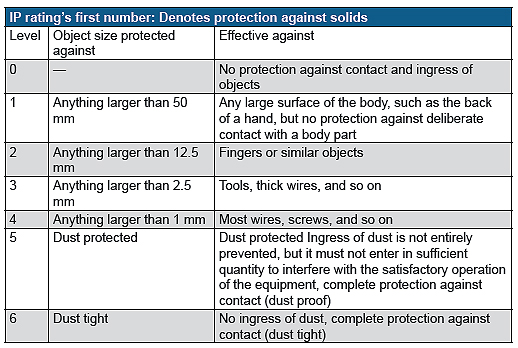
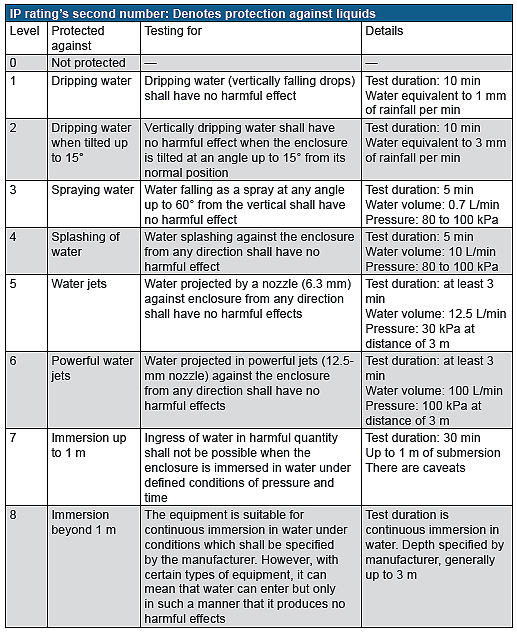
But after reviewing application needs, how does an engineer decide if IP65 is an adequate protection level? To begin, the engineer must consider if the motor will be used outdoors or need to be fully submerged. Also: Will it need to withstand washdown conditions?
Contrary to some opinions (or because of a general lack of understanding), IP65 specification does not certify that a product will operate in any of these conditions. To be clear:
• IP65-rated motors are not certified for outdoor applications without additional protection against the elements
• IP65-rated motors are not fully water submersible
• IP65-rated motors are not food-grade components that satisfy washdown requirements.
So then, what benefits do IP65 motors offer? Many. For example, some integrated motors with an IP65 rating combine motor, drive, controller, I/O, encoder and closed-loop performance to simplify integration and maintenance, improve efficiency, increase profitability and reduce time to market.
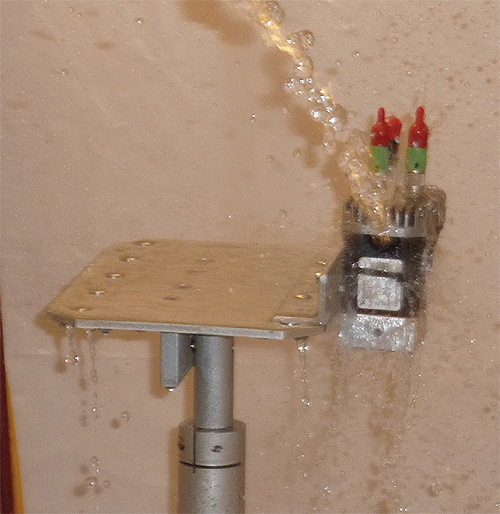
Applications that benefit from such IP65-rated drives are numerous. These include packaging designs that convey various materials; form, fill and seal machines that dispense and seal product; liquid dispensing and pumping applications in medical and life-science devices; and printing and labeling machines … especially barcode and 2D label applications for tracking and traceability of medical devices. Other applications include 3D printers, assembly and test systems with three- and four-axis pick-and-place gantries, and machine tools that use waterjet cutting, laser cutting, and tool changers.
Testing to ensure IP65 protection
Now that we understand IP rating standards and how they relate to the specific rating of IP65, let’s explore how manufacturers verify that components meet the criteria.
In most cases, an independent testing facility places the component in a sealed chamber filled with blowing air carrying fine powder to ensure the component is dust tight. In another chamber, engineers position 6.3-mm nozzles at a distance of 3 m from the component to hit from all directions with powerful water jets (not exceeding 30 kPa) for 3 min. The facility certifies components that pass these tests.
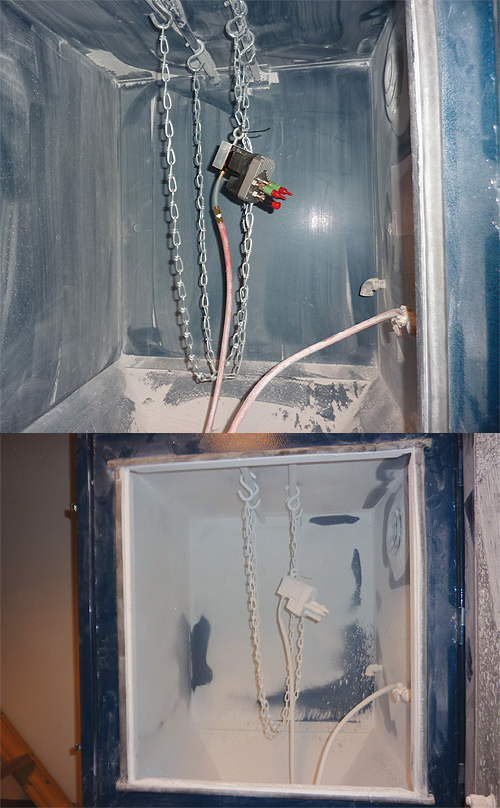
But not so fast. Though components that pass their tests satisfy the IEC standard, some manufacturers go further to replicate real-world challenges. Here, some use IEC standard testing for IP65 certification and then task quality engineers to continue to subject the components to extreme life-testing. So a line of IP65-rated components now for sale as standard product may still be under testing—and have an installation base in the thousands that verifies real-world performance.
Consider a typical motor application. Applying an IP-rated motor in a system is no different than applying a non-rated motor, as both require the correct fit for the application to operate successfully. IP ratings do not negate the need to consider the device’s ultimate environment or possible needs for additional protection. However, if engineers work to understand IP ratings, they can make intelligent design decisions to select appropriately rated devices for applications that run as expected.
Schneider Electric
www.schneiderelectric.com


Leave a Reply
You must be logged in to post a comment.